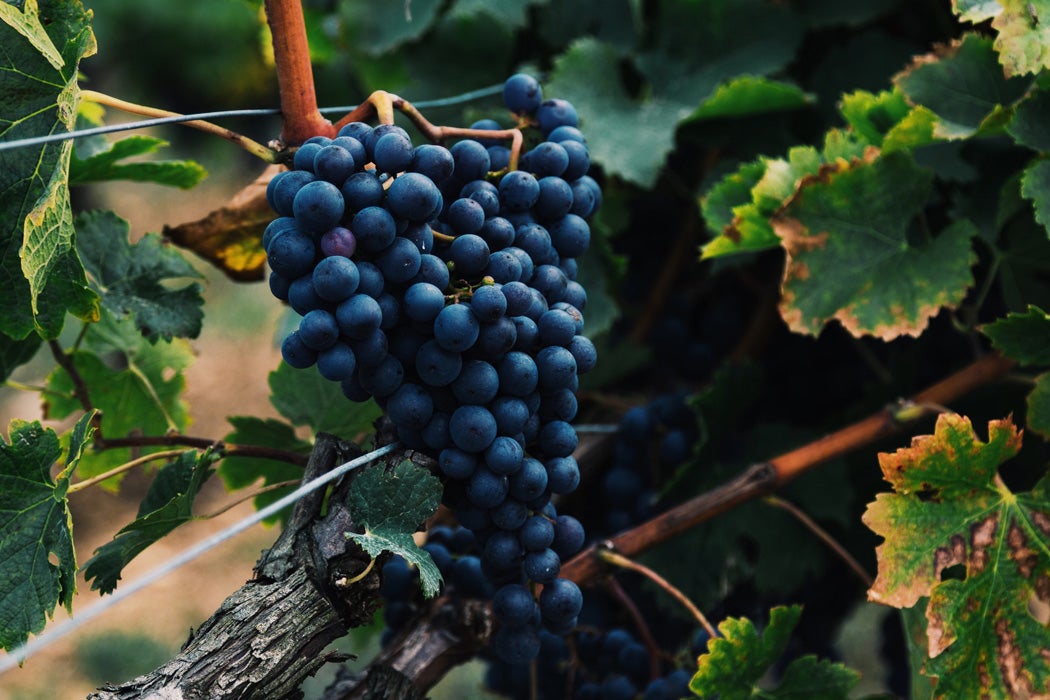With unexpected floods, prolonged droughts, spring frosts, and crazy hailstorms, climate change has been responsible for many ruined harvests. But one crop, nearly universally appreciated by consumers, is especially sensitive to the mercurial weather—winemaking grapes. Grapevines are particularly vulnerable to climate change because they take years to establish—three to four seasons to bear fruit, and at least six years (and sometimes more than a decade) to produce high quality berries.
Moreover, grapevines retain “memories” of past weather events. New grapevine shoots begin to grow the year before they sprout flowers and produce berries. If an early fall frost (or other seasonal flux) damages the shoots, they will have less vigor to produce grapes the next season, which may affect wine quality.
The taste of wine stems from the physical environment in which the grapes are grown—a combination of geology, soil, and weather that the French call terroir. Generally, the grapes used to make white wine ripen earlier than the red wine ones, which require more time and longer warm seasons. That’s why cooler locales like Champagne are known for white wines and warmer places like Piedmont and Tuscany are famous for the red varieties. But if the weather warms up, does it mean that red grapes will thrive in the regions traditionally only used to grow the white wine ones? And will the warming red wine regions cease to produce the iconic selections they are renown for?
This question is more complex than it seems. In Europe, where vineyards have been cultivated for centuries, vintners have developed keen knowledge about grapes and about the techniques that yield the most delectable wine in each region. In many places this familial knowledge evolved from traditions into legislation, formalized by authorities called Controlled Appellation Boards, or Appellation d’Origine Contrôlée, which control the designation of origin. These organizations define the geographic extent of where particular wine types can be grown. They also inform vintners about when to harvest, when to bottle, and how to produce the best quality wine. For example, Appellation Cassis, in the South of France, one of the oldest in French viniculture, comprises 180 hectares of vineyards and fourteen wine growers.
Weekly Newsletter
Based on observation and experimentation throughout the centuries, this information has served as a reliable “winemaking book” for many generations. But as weather changes, this knowledge may no longer be up-to-date. So the Appellation Contrôlée boards may have to change their legislation, adapting to warmer winters or drier summers. But even if new legislation is passed, adapting a vineyard takes time. For a winegrower, switching to a more heat-tolerant variety requires replanting the vines—which would take more than ten years to establish.
On the flipside, warming weather opens up new possibilities. Vintners may start growing grapes where the plants would not have been able to survive before. Recent research from the University of East Anglia found that some areas in Kent, Sussex, and East Anglia are becoming quite suitable for grape production. The climate and viticulture experts identified nearly 35,000 hectares of prime viticultural land in England and Wales, which they think may rival the Champagne region of France. Legally, this wine won’t be able to boast a Champagne label, but it might have the same satisfying fizzy bubbles as its iconic predecessor.







